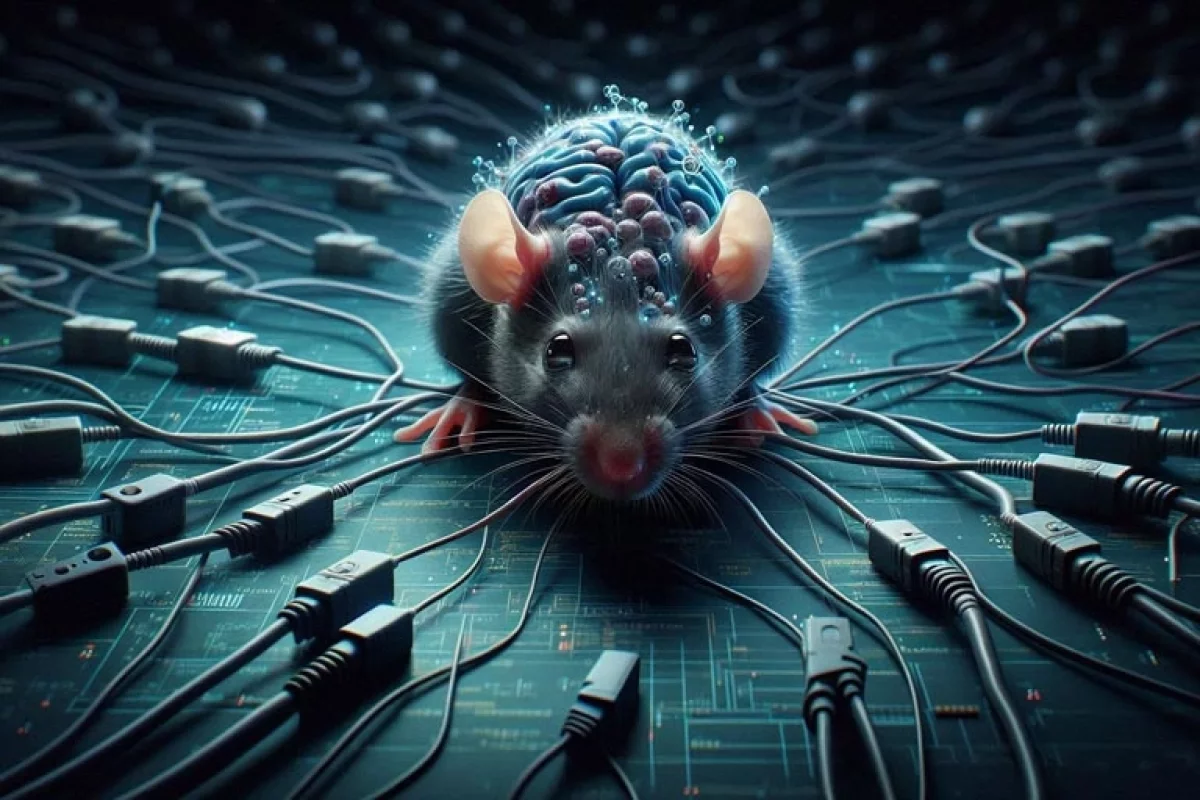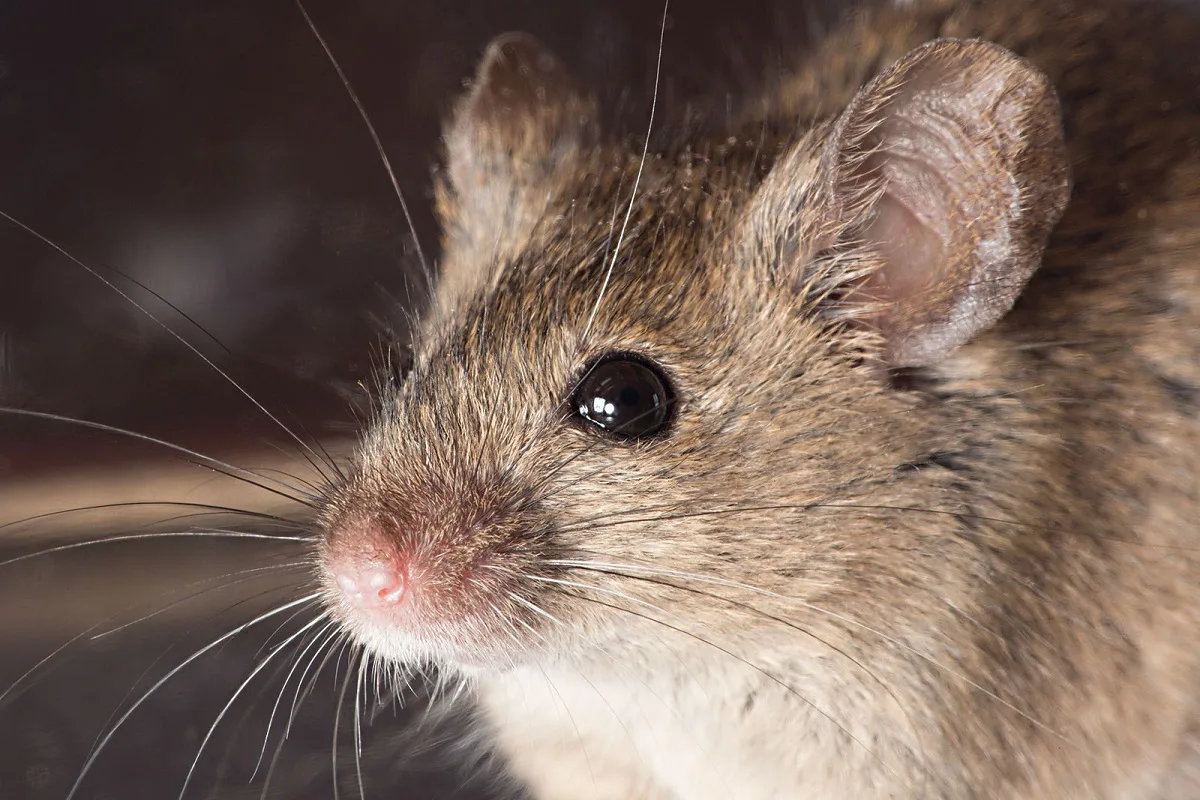This research, published in Nature Neuroscience, could redefine the way we study the mind and forces us to rethink the limits of mental privacy.
Journalist specialising in science, nature, technology and health
The facial expressions of mice provide information, and such expressions appear to be universal.
In the folds of a cheek, in the barely perceptible tension of a whisker or in the slightest blink of an eye, the trace of a thought could be hidden. This is suggested by a pioneering study carried out by researchers at the Champalimaud Foundation in Lisbon, who have shown that it is possible to read the cognitive intentions of mice simply by observing their faces.
With the help of machine learning algorithms, the team managed to decipher mental patterns that even the animals themselves were not actively expressing.
The experiment was simple in design but monumental in its implications: the mice had to choose between two drinking troughs, one of which offered water with sugar.
As the reward changed location, the animals were forced to generate strategies, hypotheses, and expectations. As they made decisions, their faces were recorded and their brains scanned. The surprise came when the scientists found that facial movements were as revealing as the neural recordings themselves.
Human thoughts?
This finding represents a methodological breakthrough: if the faces of mice so accurately reflect their mental processes, could we one day read human thoughts using simple cameras? What once seemed like science fiction fantasy (a kind of digital telepathy) is beginning to emerge as a concrete possibility at the frontier of neuroscience and artificial intelligence.
Beyond the technical fascination, the study has revealed that mice simultaneously express several mental strategies, even those they are not actively using at the time.
In other words, their faces can betray latent, unexecuted thoughts that still reside in the realm of possibility. This phenomenon suggests that incidental movements (those that seem accidental or purposeless) are not as innocent as we thought: they may be the physical manifestation of a silent storm of ideas.

Universal gestures
Delving deeper into the data, the researchers noticed something even more unusual: different mice seemed to use similar facial patterns to represent the same cognitive strategies. This suggests that certain gestures may be universal in their mental content, just as human emotions are reflected in expressions that transcend cultures and geographies. As Davide Reato, co-author of the study, has stated, ‘the similarity between the mice was even more surprising than the results themselves.’
According to the authors, the research opens up a new path for exploring the brain without the need for invasive techniques, which could be especially useful for studying neurological diseases without altering the patient’s behaviour. In this way, AI becomes a silent magnifying glass that observes without touching, revealing what until now could only be achieved with wires, probes and scalpels.
However, the authors of the study warn of a disturbing consequence: if faces, recorded on video, contain as much mental information as the brains themselves, what happens to privacy? In a world saturated with cameras, where every gesture is potentially scanned, the idea of protecting thoughts becomes more urgent.
Thus, the boundary between the internal and the external becomes blurred. The face, that mask we thought we had under control, turns out to be an involuntary mirror of the soul (or at least of the nervous system). Today we have proven this in mice. Tomorrow, perhaps, in ourselves.





